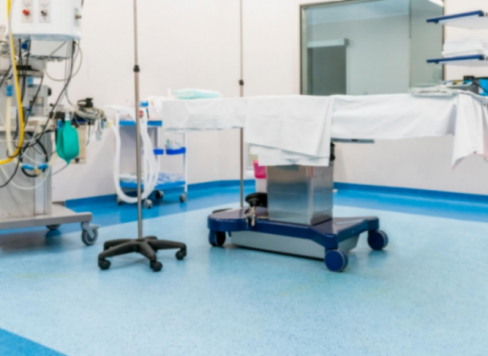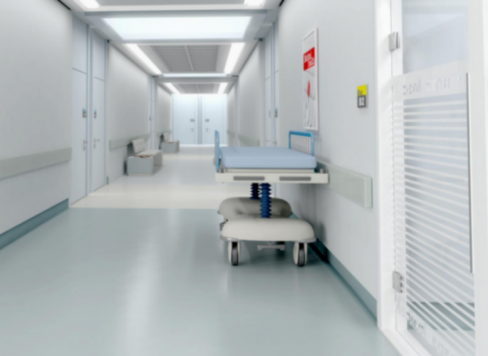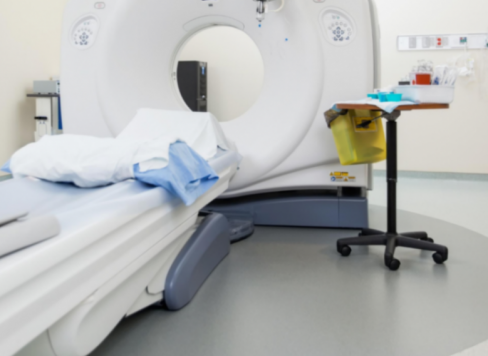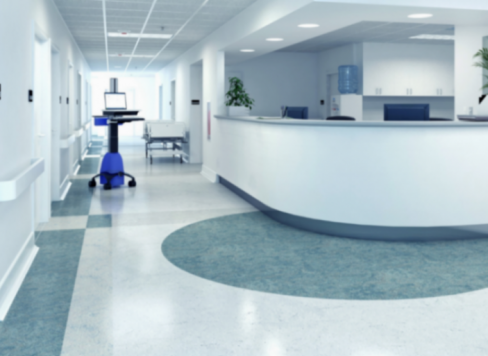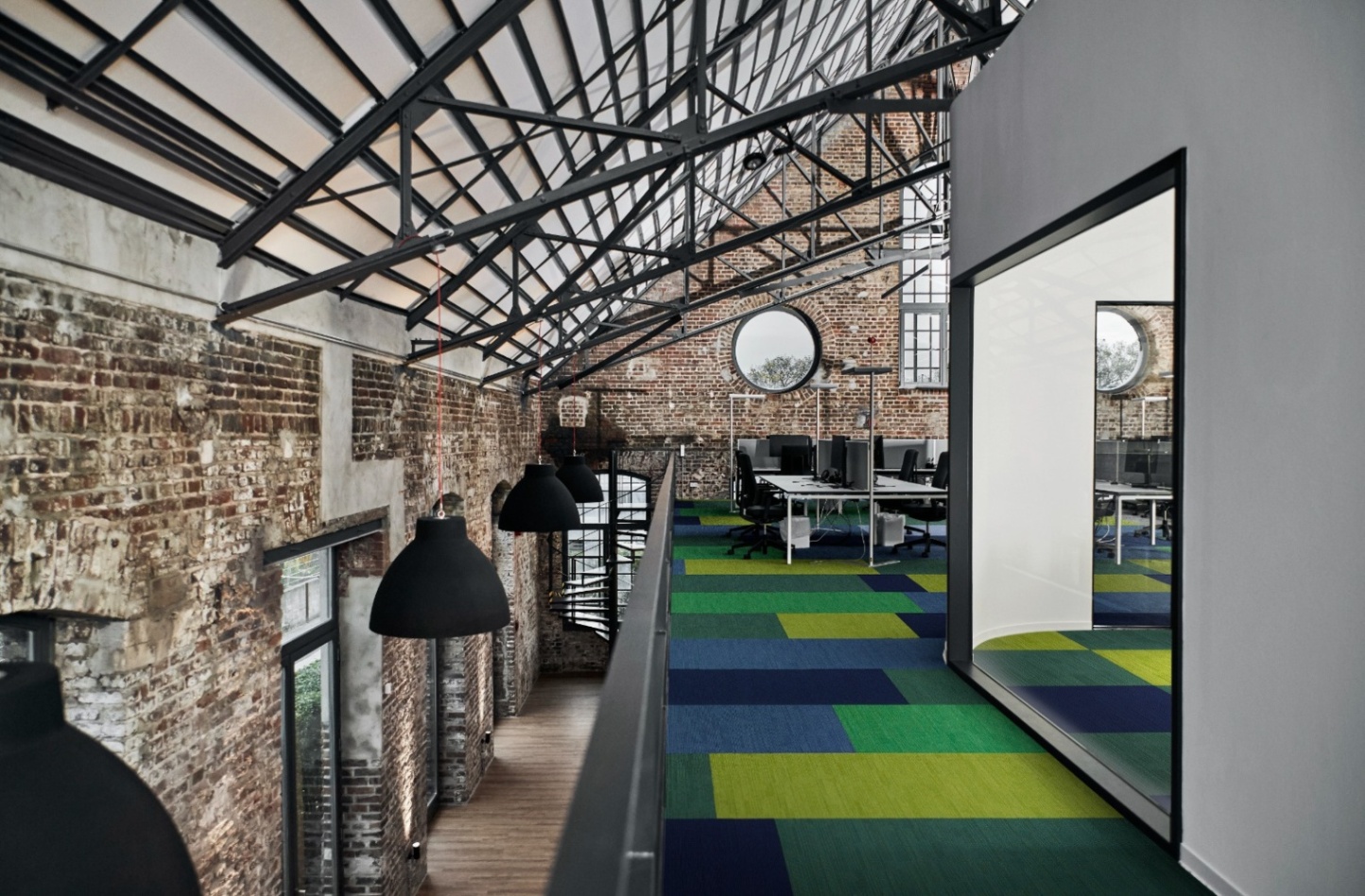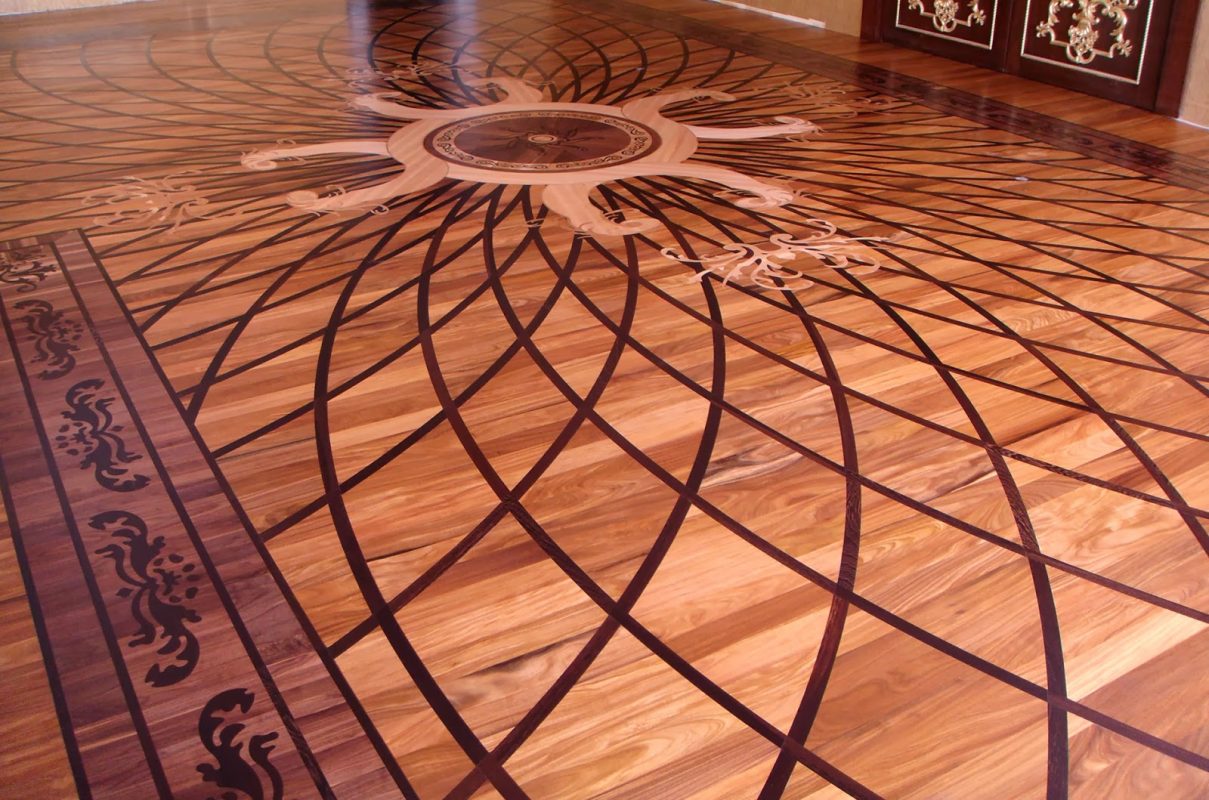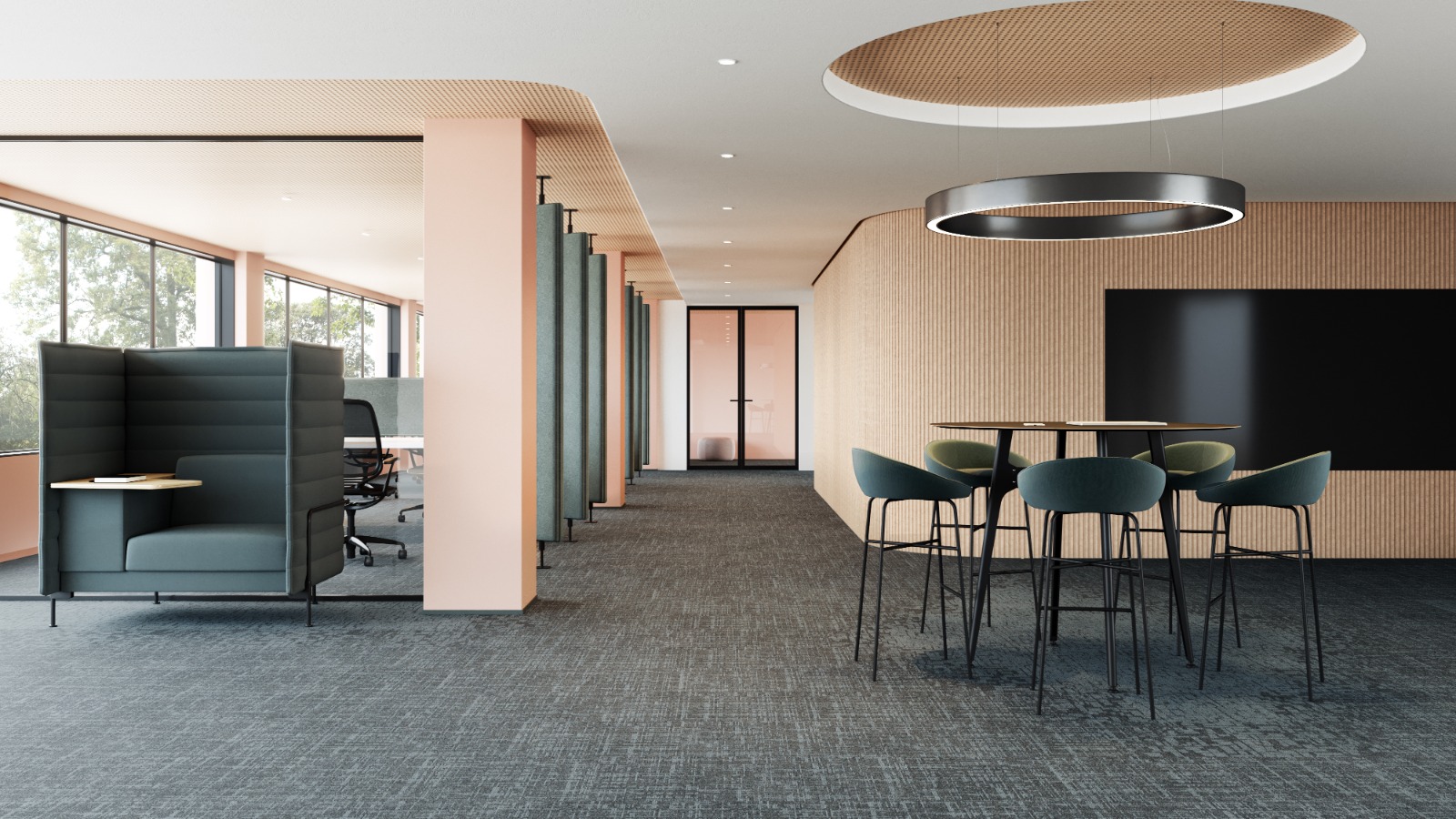
The materials chosen in health structures give an idea of whether the organization has the skills to provide safe, high-quality, and comfortable care. Flooring materials have a significant impact on the internal environment of healthcare facilities. To create positive healthcare outcomes in the life cycle, the choice of floor covering becomes an investment opportunity for the facility.
It is necessary to consider many factors when choosing a floor covering in healthcare buildings. For example, which areas in the hospital need what type of floor covering, is the material chosen long-lasting, durable or costly, what should be considered in cleaning and maintenance, is it a suitable material for the hospital, that is, is it suitable for its purpose? Many such components will greatly influence the choice.
Key Features
Antibacterial activity, infection/hygiene control, dirt retention/management, slip resistance, fire safety, acoustic control, indoor air quality, underfoot comfort, and cost of use are some of the performance characteristics required for appropriate use in health structures. Finishing materials and their properties differ according to the class in which they are located. In each category, materials respond to performance characteristics at a different level.
For example, vinyl floors have durability, and infection control, while they stand out with criteria such as low maintenance costs, carpet floors provide healing effects, and can be preferred with their comfort and aesthetic features. As well as the material, details such as how the material combines are of great importance. Floor coverings that provide thermal or heat-induced coupling provide a sterile environment in these facilities where hygiene is essential. The area in which the selected material is used is another vital factor. Emergency and operating rooms where equipment is often moved are places where strong antiseptic liquids can be accidentally spilled, or patient care rooms have a risk of bacterial growth. Choosing the right flooring for the right space is a crucial part of creating a quality maintenance environment.
Best Known Floor Coverings
1. Vinyl Siding
Vinyl flooring options have been used in recent years for hospitals, and clinics, they are preferred because of the physical facilities they provide in health facilities such as nursing homes.
Commercial-type roll PVC flooring materials with usage class 34-41 have antistatic and antibacterial properties. Materials do not contain bacteria and microbes on their surface. The 2mt wide roll material provides a homogeneous joint with hot welded joining detail. Since it is a flexible material, it provides the opportunity to make a rotational application to the wall. This application method creates a minimum joint and eliminates the dirt-collecting points that are critical in floor applications.
There are classes in vinyl floor coverings in compact, acoustic, and compact acoustic properties. Different features can be selected depending on preference in areas with heavy circulation such as patient rooms and corridor areas.
Conductive floor coverings are preferred in operating rooms due to their special requirements. Inhomogeneous roll PVC floor coverings, materials with conductivity values of 10 4 – 10 6Ω are used. In areas of the intensive stretcher and wheelchair users such as emergency areas, product groups can be preferred in the R10 class, which has the anti-slip feature.
Commercial-type roll PVC floor coverings are the most preferred floor covering materials with their rich color and pattern variety and product richness serving different functions of hospitals.
2. Rubber
Rubber enhances the interiors of healthcare facilities with easy installation, unparalleled durability, and versatile design possibilities. Rubber creates a comfortable floor with its dense surface structure. PVC is one of the most preferred alternative materials before its spread with its diversity.
The requirements of corridors and common areas, which form the main veins of medical facilities, can be met with rubber material. Pedestrian traffic is very busy in the corridors. In these areas, where heavy moving loads such as stretchers and wheelchairs are constantly passing, maintenance should be in need of minimal requirements. Due to its durability, rubber is an important coating option in healthcare structures.
3. Linoleum
Another alternative to vinyl and rubber material is linoleum. Among the flexible floor coverings, linoleum is distinguished by the fact that it is a natural material. It is a more sustainable option. It is widely used in patient rooms with its antibacterial feature. A wide range of colors and patterns are available in warm tones.
4. Carpet
Carpets are one of the preferred flooring types for commercial spaces. The reason why it is preferred in healthcare buildings is that it acts as an indoor air filter and traps pathogens in its fibers. This prevents dust and allergens from circulating in the air. However, in health institutions that work 24/7 and have heavy traffic, the necessary care should be provided for the carpet to fulfill its duty in a quality manner. It is mostly preferred in administrative units in health structures. There is detailed information about carpets in our blog post titled True Known Mistakes about carpets.
Keeping the floors of healthcare facilities safe and clean is more important than it seems. It is necessary to have general knowledge about which products to use for floors, and how to apply and maintain them.




